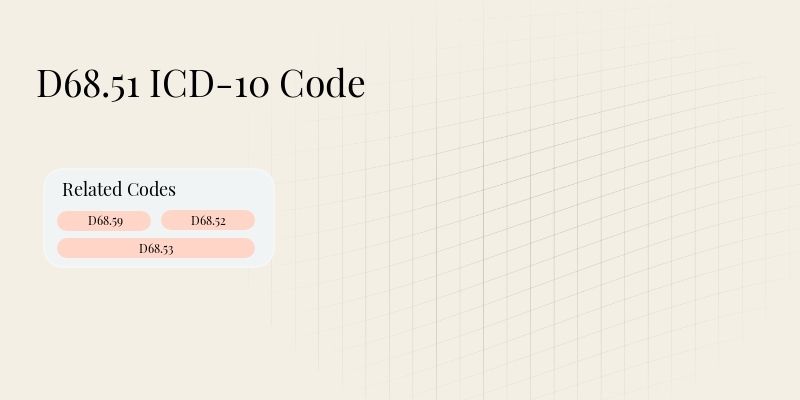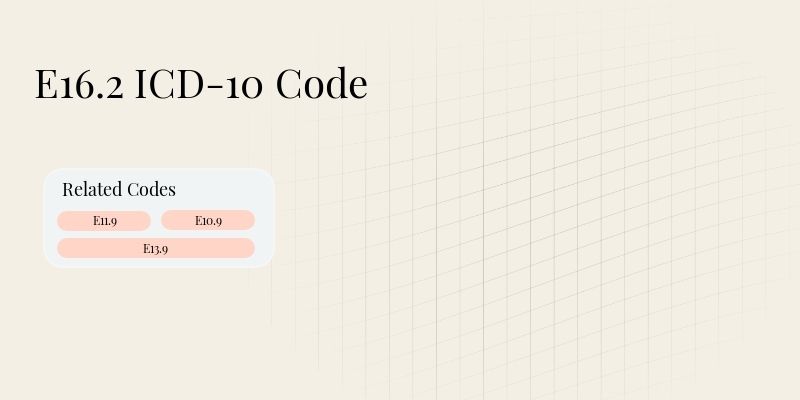
PR-177 Denial Code: Eligibility Requirements Not Met

Key Takeaways
- What PR-177 Denial Code Covers: This code indicates that eligibility requirements for a service were not met, leading to claim denial. It is crucial for providers to ensure that all necessary prerequisites are satisfied before submissions.
- Common Scenarios That Trigger It: Typical scenarios include missing prior authorization, the patient not being eligible for the service at the time of treatment, or services provided not being covered under the patient’s plan.
- Who Should Address the Denial: Billing specialists and coders should collaboratively review the denial alongside the clinical team to ensure accurate documentation and understanding of the patient's eligibility.
- Best Practice for Proper Use: Regularly review payer policies and maintain updated patient eligibility checks to avoid discrepancies that lead to this denial code.
- Example of Actual Usage: A claim for a diagnostic MRI was denied under PR-177 because prior authorization was not obtained. The billing team verified the requirement and secured the authorization before refiling the claim.
What is PR-177 Denial Code
The PR‑177 denial code, labeled "Eligibility Requirements Not Met," signifies that a claim was denied due to the patient not meeting necessary eligibility criteria for the services rendered. This denial typically occurs when there are issues related to patient coverage or authorization, either due to administrative oversights or miscommunication between providers and payers.
Payers usually trigger this code when they find that the service provided falls outside the patient’s plan benefits or when prior authorization was not obtained as required. This affects reimbursement by delaying payments and potentially increasing the administrative burden on healthcare facilities and providers.
Common Reasons for Denial
Denial codes often reflect recurring process issues that need to be addressed for smoother operations. Below is a detailed table outlining common reasons for PR‑177 denial:
Root Cause | Description | How It Triggers PR-177 Denial Code | Suggested Fix |
|---|---|---|---|
Missing Prior Authorization | The required prior authorization was not obtained before the service. | Claim is denied as the service is not covered without prior approval. | Ensure authorization requests are submitted timely and tracked. |
Ineligible Patient | The patient’s insurance has expired or was never active. | Claim is denied due to the patient not being eligible for benefits. | Verify patient insurance eligibility before services are rendered. |
Service Not Covered | The service provided is not part of the patient’s insurance benefits. | Claim is denied as the service is not included in the patient’s plan. | Check benefits coverage prior to providing services. |
Who Can Resolve PR-177 Denial Code?
Resolving a PR‑177 denial requires a collaborative effort from various professionals within the healthcare facility. Key roles include:
- Billing Specialists: They analyze claims for inaccuracies and initiate appeals.
- Coding Professionals: Ensure that the services are correctly coded and match the documentation.
- Clinical Team: They may need to provide additional documentation to support the medical necessity of the services rendered.
- Administrative Staff: They handle communication with payers and manage patient eligibility checks.
How to Resolve PR-177 Denial Code
Addressing a PR‑177 denial effectively involves several steps:
- Verify the Denial Reason: Call the payer to confirm the cause. E.g., Verified missing prior authorization with Cigna.
- Correct and Refile the Claim: Fix the error and submit again. E.g., Added required modifier and sent via clearinghouse.
- Submit an Appeal with Documentation: If denial persists, gather necessary documentation and appeal. E.g., Attached treatment notes and letter of medical necessity.
- Update Internal Processes: Modify existing protocols to prevent future denials. E.g., Set EHR reminder for pre-auth for all sleep studies.
Financial Impact of PR-177 Denial Code
Potential Lost Revenue | Average Time to Resolve | Staff Hours Involved | Frequency by Payer Type |
|---|---|---|---|
$200 - $1,500 per denied claim | 2-4 weeks | 3-5 hours | Varies by insurer |
Disclaimer: The rates vary by payer, location, and claim complexity. We keep this article updated with industry averages.
Benefits of Proper Denial Management
Utilizing effective denial management is crucial for maintaining cash flow and operational efficiency. The following table outlines the benefits:
Benefit | Why It Matters | How It's Achieved |
|---|---|---|
Improved Cash Flow | Ensuring timely payments allows for better financial planning. | Regular follow-ups on denied claims. |
Enhanced Staff Productivity | Reducing denials frees up staff to focus on patient care. | Implementing proper training and processes. |
Increased Claim Approval Rates | A higher approval rate reduces the need for appeals. | Accurate coding and thorough documentation. |
Common Mistakes to Avoid with PR-177 Denial Code
Improper handling of denial codes can lead to claim rejections, delayed payments, and even audits. Below are common mistakes to be cautious of:
- Neglecting Eligibility Verification: Failing to check patient eligibility before service can trigger denials. Example: A radiology department provides imaging without confirming coverage, leading to multiple denials.
- Inaccurate Documentation: Submitting claims with insufficient or inaccurate documentation can lead to denial. Example: A provider forgets to include vital clinical notes, causing a denial for lack of medical necessity.
- Ignoring Payer Guidelines: Not staying informed about specific payer requirements can result in missed authorizations. Example: A provider assumes all procedures are covered, overlooking specific payer exclusions.
- Delayed Follow-Ups: Taking too long to address denials can result in lost revenue. Example: A billing team waits weeks to follow up on a denial, missing the timely filing limits.
PR-177 Denial Code vs Other Denial Codes
Understanding how PR‑177 compares to similar denial codes helps in effectively managing claims. The following table highlights these comparisons:
Denial Code | Meaning | Common Cause | Who Resolves It | Resolution Strategy |
|---|---|---|---|---|
PR-177 | Eligibility Requirements Not Met | Missing prior authorization or ineligible patient | Billing and coding teams | Verify eligibility and refile claims |
PR-204 | Coverage Not Authorized | Service not covered by the plan | Billing specialists | Review plan details and appeal |
CO-45 | Charges Exceed Fee Schedule | Claim amount higher than allowed fee | Coding professionals | Adjust claim amount and resubmit |
Conclusion
The PR‑177 denial code signifies that a claim was denied due to unmet eligibility requirements, often stemming from issues like missing prior authorization or patient ineligibility. It is crucial for billing specialists, coding professionals, and administrative staff to address these denials promptly to avoid revenue loss and maintain operational efficiency. By understanding the common reasons for this denial, implementing best practices for documentation, and avoiding common mistakes, healthcare providers can significantly reduce the occurrence of PR‑177 denials. Effective denial management not only ensures timely reimbursement but also enhances the overall productivity of healthcare operations.
Disclaimer: This article is for informational purposes only and does not constitute legal or medical advice. Always consult professional guidelines and regulatory bodies for specific compliance requirements.
Frequently Asked Questions
Reduce burnout,
improve patient care.
Join thousands of clinicians already using AI to become more efficient.

D68.51 ICD-10 Code: Factor v Leiden
Discover essential insights on the D68.51 ICD-10 Code code for health professionals. Enhance your practice and navigate billing with confidence.

PR-242 Denial Code: Services Not Provided By Providers
Discover essential insights on the PR-242 Denial Code code for health professionals. Enhance your practice and navigate billing with confidence.

E16.2 ICD-10 Code: Hypoglycemia
Discover essential insights on the E16.2 ICD-10 Code code for health professionals. Enhance your practice and navigate billing with confidence.
